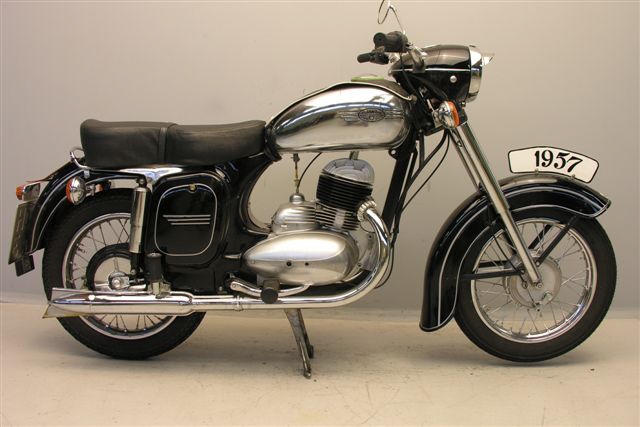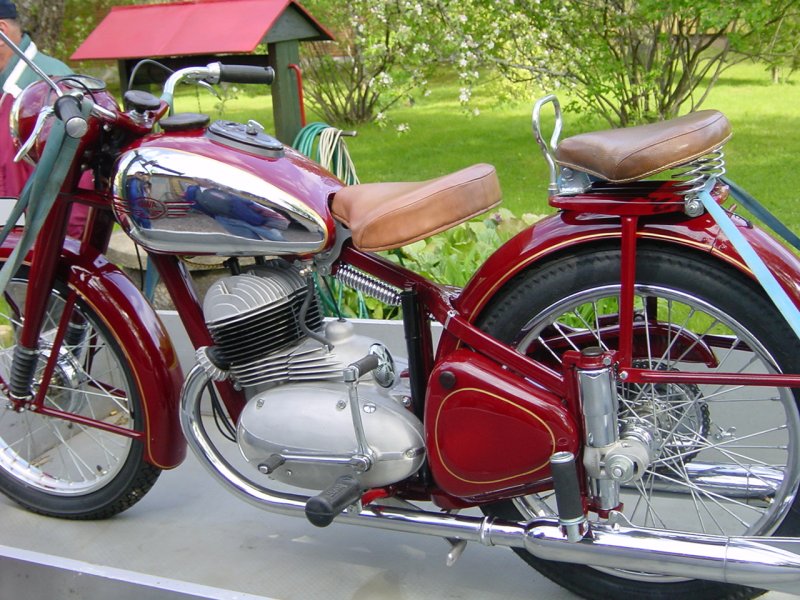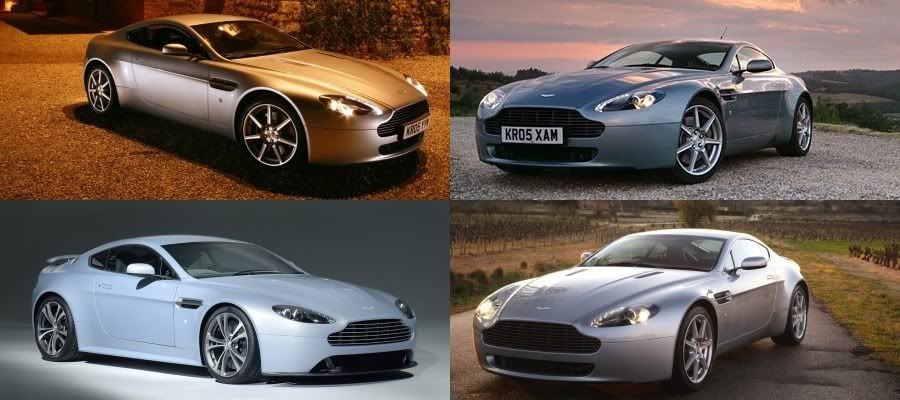The Jawa motorcycle company was founded by Czech arms manufacturer Zbrojovka Ing. Frantisek Janecek in 1929. Beginning in 1927, Janecek's Czechoslovakian manufacturing facility had been licensed to produce "Wanderer" brand motorcycles for an automotive company named Winklhofer & Jaenicke (later referred to as "Wanderer") located in Chemnitz (aka Sask‡ Kamenice, or Karl-Marx-Stadt), East Germany.

When Winklhofer & Jaenicke discontinued production of their Wanderer motorcycle line, Janecek began his own company, combining (JA)necek and (WA)nderer to form the name "JAWA."
The first production Jawa motorcycle, the JAWA Rump‡l, was introduced at the Prague Motor and Motor Cycle Show in 1929. The Rump‡l was a four-stoke 498cc OHV single with a three-speed gearbox, trailing link front fork, rigid rear end, and fire-engine red paint scheme that became a signature color for the marque.

The Rump‡l was an expensive motorcycle for the time, further exacerbated by the global depression, so in 1932 Jawa began producing a lower-cost two-stroke model called the Jawa Villiers 175. The Villiers was the brainchild of an Englishmen consultant named George William Patchett.
By the mid 1930s JAWA had once again continued manufacturing their own in-house four-stroke engines used in the Jawa 350 SV. During the same period, Jawa also began producing automobiles, launching the the DKW-powered Jawa 700.
With the fall of Nazi Germany's occupation, and the victory of the Communist Party of Czechoslovakia in 1948, Jawa was Nationalized, and merged with Cesk‡ Zbrojovka, also known as "CZ."By the early 1950s, Jawa was building two-cylinder engines used in their Model 15, and later in the 350 Perak, and 350 Six Days Twin. Jawa also entered the moped market in the late 1960s, with their two-stroke Jawa 20, Jawa 21, and Jawa 90 scooters being manufactured at the Povazske Strojarne factory in the Slovak city of Povazska Bystrica.
Despite the micromanagement of its socialist handlers, Jawa developed a solid reputation in International motorcycle dirt-track TT racing, ice racing, and speedway racing which Jawa excelled at. Jawa also entered to motocross field in 1954, with their Model 11, Jawa 250, and Jawa 350 Works Moto-Cross bikes.

After the fall of the Soviet Eastern Bloc in 1989, and the breakup of the Czechoslovak Socialist Republic into the independent Czech Republic and Slovakia states during the "Velvet Revolution," Jawa was divided into two separate companies - Jawa JRM Speedway, and Jawa consumer motorcycles. JRM Speedway still manufactures highly specialized 250cc, 500cc, and 600cc 'Laydown' Speedway or Longtrack motorcycles, and type 886 ice racing motorcycles.


No comments:
Post a Comment